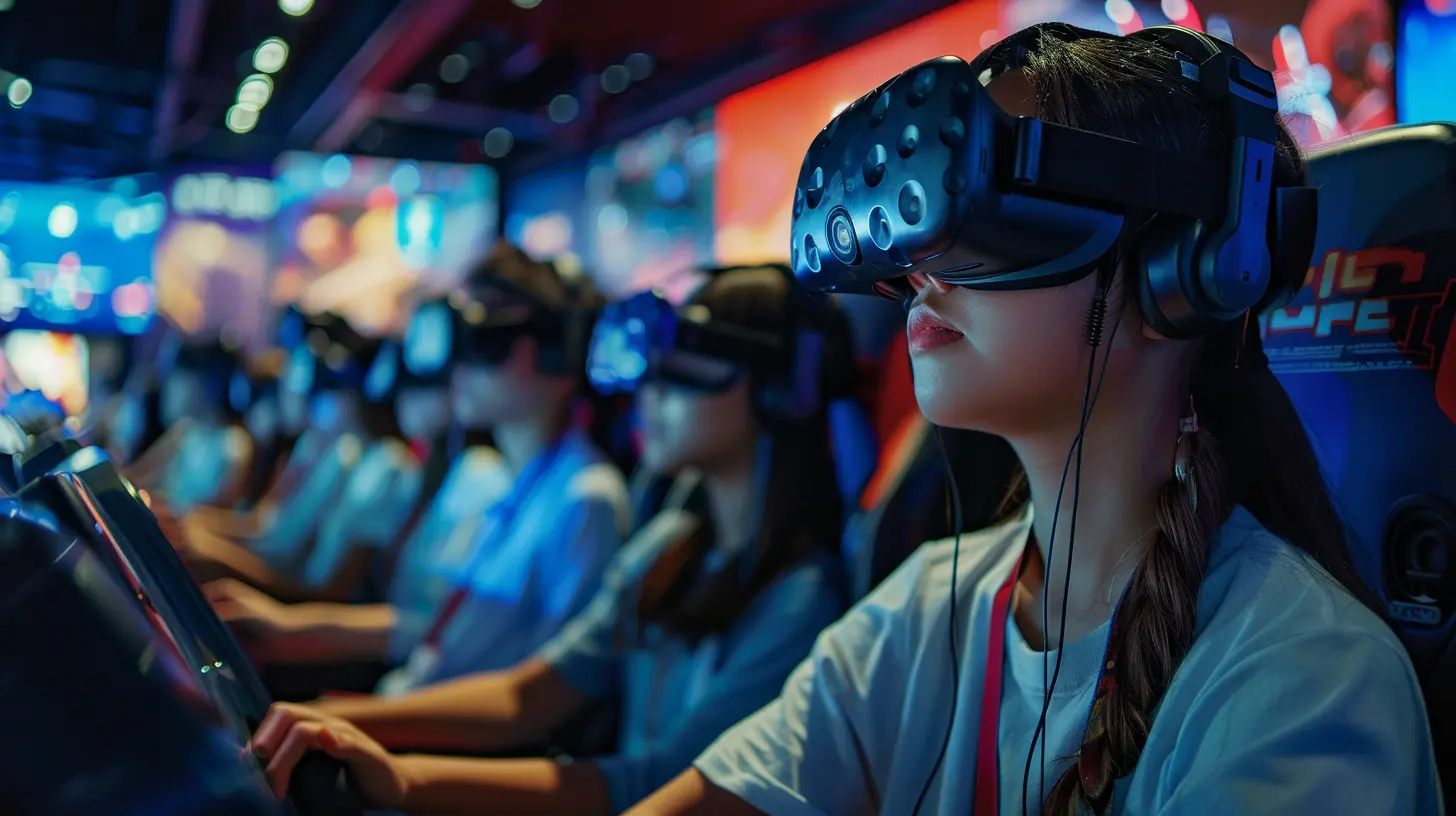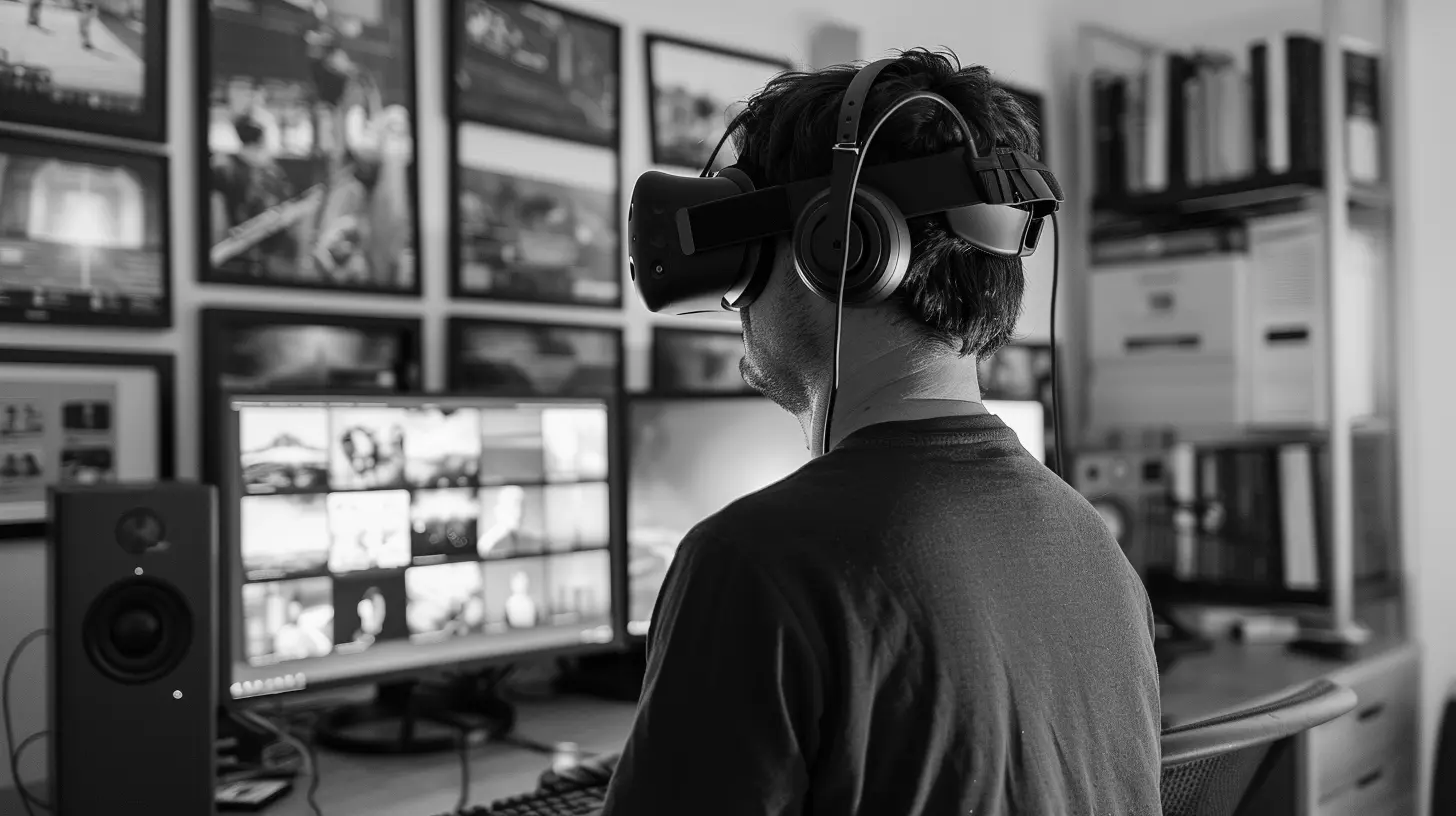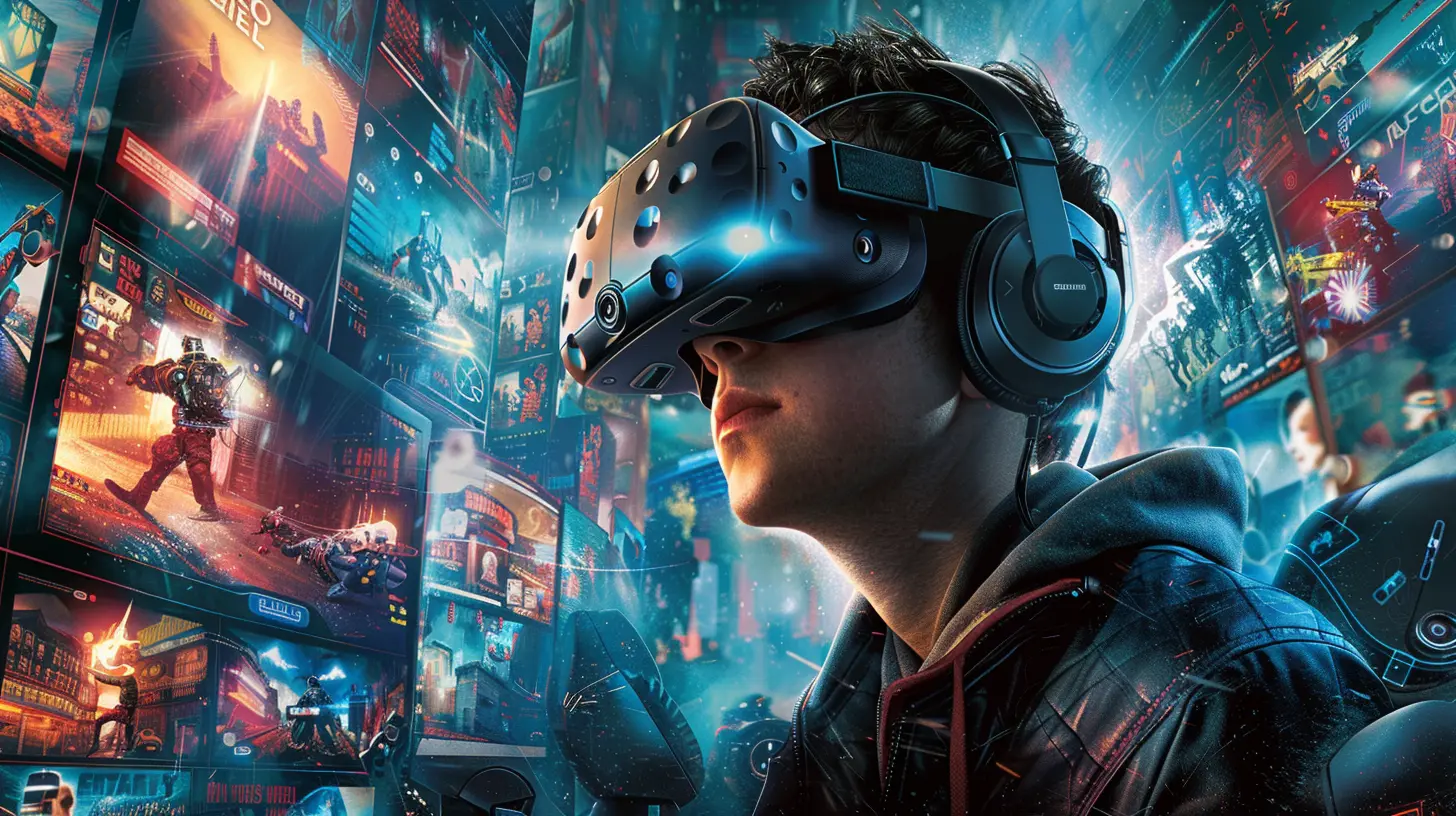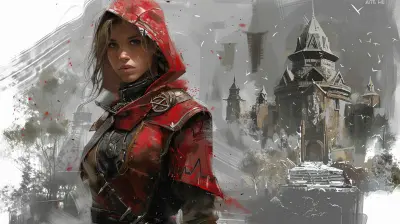What Virtual Reality Means for the Future of Gaming Culture
26 September 2025
Virtual Reality (VR) is no longer a futuristic buzzword or a concept ripped straight out of a sci-fi movie. It’s here, and it’s revolutionizing gaming culture as we know it. Sure, you’ve probably heard about VR headsets and immersive gaming, but do we really understand what this transformation means for gamers, developers, and the broader gaming community? Let’s crack open this topic and dive into how VR is reshaping the future of gaming culture.
The Rise of Virtual Reality in Gaming
Let’s start with the basics—VR is not some overnight sensation. It has been in the works for decades, with prototypes and clunky devices making appearances as early as the 1960s. Fast forward to today, and we’ve got sleek, consumer-friendly devices like the Oculus Quest 2, PlayStation VR, and HTC Vive.For the gaming industry, VR is both a game-changer and a game-expander. It’s no longer about sitting in front of a screen, holding a controller, and button-mashing your way to victory. VR places you inside the game. You’re no longer a passive participant; you’re an active player in a fully immersive experience. It’s like stepping through a portal into another world—one where you don’t just play the hero, you are the hero.
So, why does this matter? It’s not just a new way to play games; it’s a new way to experience storytelling, social interaction, and even personal growth. Yeah, VR is that deep.
Gaming Goes Beyond Entertainment
Let’s face it: video games have often been unfairly boxed into the category of "just entertainment." But VR? It blows that box wide open. Virtual Reality isn’t just about racking up points or completing quests anymore. It’s about creating experiences that resonate on an emotional and even physical level.Take games like Beat Saber or Half-Life: Alyx. These titles do more than entertain; they challenge your body and mind. You’re not lounging on a couch—you’re up, moving, sweating, strategizing, and fully engaged.
And this shift isn’t just good for gamers. It’s a win for developers and publishers, too. They now have a whole new canvas to paint on. VR lets them push creative boundaries in ways traditional gaming just can't. Imagine designing a game where players can physically interact with objects or solve puzzles by actually moving their hands. That kind of engagement is unmatched.
But it’s not just about creating cool mechanics. VR games can explore deeper topics. Want to walk in someone else’s shoes—literally? VR can do that. Whether it’s simulating life in a war-torn country or giving players a taste of zero-gravity space exploration, the potential for empathy-building experiences is huge.
A New Era for Social Gaming
Gaming has always had a social side—whether it’s battling friends in Super Smash Bros. or teaming up in Fortnite. But VR takes social gaming to a whole new level. This isn’t just about chatting with friends in a lobby; it’s about hanging out in fully-realized virtual spaces.Picture this: instead of texting a friend or jumping on a Discord call, you meet them in a virtual café. Or maybe you’re both exploring a medieval castle, solving riddles together, or fighting off digital dragons. You’re not just connected by a headset; you’re sharing an experience in a way that feels tangible.
Platforms like VRChat and Rec Room are already leading the charge when it comes to social VR. These aren’t just games—they’re hubs for community and connection. People are hosting concerts, attending virtual weddings, and even forming lifelong friendships in these digital spaces.
And let’s not forget the rise of eSports in VR. Imagine the thrill of watching—or even participating in—VR-based tournaments. It’s no longer about cheering from the sidelines; you can feel like you’re right there in the arena. This level of immersion could turn the eSports industry on its head.
The Challenges That Come with the Territory
Of course, every rose has its thorns, and VR is no exception. While the potential is immense, there are hurdles we can’t ignore.For starters, let’s talk about accessibility. VR isn’t cheap. High-end headsets and the hardware needed to support them can cost a small fortune. And even if you can afford the gear, not everyone has the physical space to enjoy a truly immersive VR experience. Swinging your arms around in a cramped apartment? Not exactly ideal.
There’s also the issue of fatigue—both physical and mental. Spending hours in a VR headset can be draining. Your eyes can get tired, your head may feel heavy, and let’s not even get started on motion sickness. These are real barriers that developers need to address if VR is to go mainstream.
And hey, what about the societal impact? If VR becomes the dominant way to game, are we at risk of losing touch with the real world? There’s a fine line between escapism and isolation, and VR walks that line like a tightrope walker. It’s something the gaming community will need to navigate carefully.
The Future of Gaming Culture in the Age of VR
So, where does all of this leave us? What does the future of gaming culture look like in a VR-dominated world?For one, we can expect gaming to become even more mainstream. VR has the power to attract people who wouldn’t normally consider themselves gamers. Why? Because it’s not just about gaming—it’s about experiences. Whether you’re touring historical landmarks, learning to cook in a virtual kitchen, or sculpting art in a VR studio, there’s something for everyone.
The definition of what it means to be a gamer is expanding, and that’s a beautiful thing. Gaming culture is becoming more inclusive and diverse, thanks in large part to the possibilities VR brings to the table.
We’re also looking at a future where gaming merges with other industries. Imagine attending a virtual film festival or taking a college course in a VR environment. These aren’t just pipe dreams—they’re on the horizon, and gaming is leading the charge.
For developers, the challenge is to keep innovating while remaining accessible. For gamers, it’s about finding balance—using VR to enhance life rather than escape it entirely. And for society as a whole, it’s about embracing how VR is reshaping our cultural landscape without losing sight of what makes us human.
Conclusion
Virtual Reality is more than just a flashy new toy for gamers—it’s a fundamental shift in how we experience interactive media. From creating deeply immersive storytelling to redefining social connections, VR is carving a bold new path for gaming culture. Sure, there are challenges to overcome, but the possibilities? They’re endless.The future of gaming isn’t just on a flat screen anymore—it’s all around us, ready to be explored. As VR continues to evolve, one thing’s for sure: the way we play, connect, and create will never be the same again. And honestly? That’s pretty exciting.
all images in this post were generated using AI tools
Category:
Gaming CultureAuthor:

Francesca West
Discussion
rate this article
1 comments
Elijah Klein
Virtual reality in gaming? Finally, a way to dodge my family during the holidays! Just imagine: I can explore alien worlds while they think I'm in the basement doing 'important stuff.' Who knew escaping reality could be so immersive and socially acceptable?
September 28, 2025 at 2:44 AM

Francesca West
Haha, it's true! VR offers a unique escape while blending fun with a bit of clever avoidance. Just remember to pop up for snacks!


